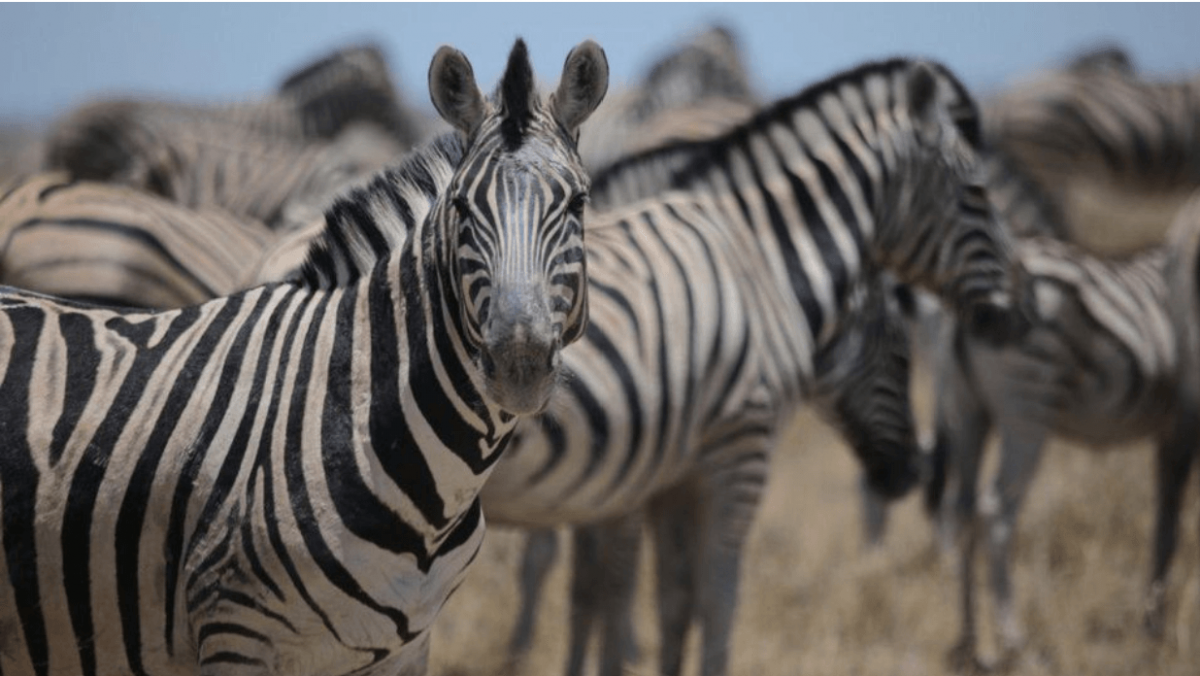Someone told me that it’s all happening At the Zoo. In this case, it was Paul Simon in his 1967 title song where he anthropomorphizes the animals he sees in the Central Park Zoo. Some are deemed to be honest, some kindly but dumb, and some insincere or skeptical, and, apparently, the zookeeper has a drinking problem. You will likely have this tune in your head for the rest of the day, but perhaps it is interesting to anthropomorphize these animals back the other way, through a light and tumble journey of investors and risk, from the ‘big bang’ to today. This journey will not even require the boarding of a crosstown bus as Alec Litowitz and Brian Portnoy do most of the heavy lifting for us in their recent paper entitled The Art and Science of Knowing What You Own.
The authors have done an excellent job of shaping their views in a comprehensive but very readable way; approachable by investors of all levels of sophistication. In an effort to truly understand what we own, they take you through the impediments to acquiring a sharper understanding of the risks that we take, a simple model of financial innovation, and the history of marketable risk, from the origins of the risk-free rate up to accessing today’s alternative risk premia.
It is the simple model of financial innovation that we will dwell on a bit here and tie it back to Paul Simon’s whimsical menagerie. The innovation cycle is depicted by a circular interaction amongst products, models, and preferences. As the plot unfolds, the products are created by the asset managers and consumed by investors. The client preferences are driven by what they want, what they think they want, and/or what the asset manager has to sell. Ultimately the case is made that the interplay of these forces yields better discovery and deployment of risk, over time. At various points in these cycles however, the asset manager, the underlying models, or the client who consumes the product can take on the characteristics of the purely reactionary zebra who wants all the upside but is mostly risk adverse…. Or the kindly but dumb elephant who doesn’t really understand where the true risks reside in the traditional 60/40 model portfolio or the actual (high) levels of beta exposure in their hedge funds.
The catalyst for the naming convention of this post perhaps comes from the paper’s reference to the term ‘factor zoo’, which is apt, given the 300+ factors that have been published as a consequence of the decomposition of the underlying returns. One can only be left to wonder if smart beta is also like that (kindly but dumb) elephant, as what is truly alpha or beta may not be perfectly and consistently understood or priced.
The paper leaves us with the conclusion that efficient markets, by design, eventually crowd out and erode what was once alpha. It is the undiscovered beta (and innovation) that defines the future sources of risk premia which just might be in the alternatives space. Burnish the skills you will need with the CAIA Association where greater literacy and transparency will help find your inner Zebra: ready to react, but always through the lens of informed consent.
Seek diversification, education, and know your risk tolerance. Investing is for the long term.
Bill Kelly is CEO of CAIA Association. Follow Bill on LinkedIn and Twitter.




